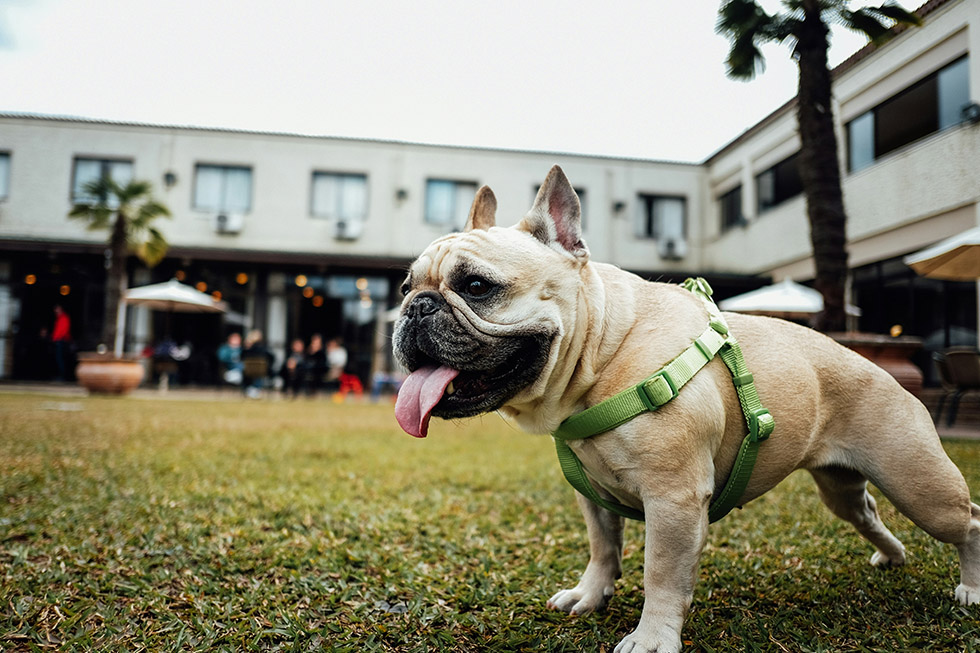As Australia grapples with a severe heatwave, Pet Insurance Australia is urgently alerting pet owners to the critical dangers of heatstroke in animals. With temperatures set to soar above 40°C in several regions, swift and decisive actions are imperative to safeguard the well-being of your pets.
“The incidence of heatstroke in pets has risen alarmingly, particularly over the hotter months,” Nadia Crighton from Pet Insurance Australia emphasises. “Each year, we witness a surge in claims, and with the sudden onset of a nationwide heatwave, owners need to be extra vigilant as we head into November.”
Each year, PIA sees a dramatic 300% increase in claim cases from the winter months, to the warmer months of November through February.
“It’s a clear indication that pet owners are being caught out drastically with the hot weather and the effects it can have on our pets.”
This trend underscores pets’ heightened vulnerability during Australia’s summer months.
Heatstroke is not only deadly but can also be very costly. While the average amount claimed for Heat Stroke by PIA policyholders is well over $1,400, Pet Insurance Australia notes their highest claim in the last two years was in excess of $27,000*.
Understanding Heatstroke in Pets
Heatstroke occurs when a pet’s body temperature elevates to dangerous levels, overwhelming their natural cooling mechanisms. Signs of heatstroke can develop rapidly and may include:
- Excessive Panting: Rapid and heavy panting as the pet attempts to cool down.
- Drooling: Excessive saliva production accompanying panting.
- Elevated Heart Rate: The heart pumps faster to circulate blood and dissipate heat.
- Lethargy and Weakness: the pet may appear tired and unresponsive.
- Vomiting and Diarrhea: Gastrointestinal distress, which may include blood.
- Collapse or Seizures: The pet may collapse or experience seizures in severe cases.
“Immediate veterinary intervention is absolutely crucial if heatstroke is suspected,” Crighton stresses. “All pet owners, especially those in warmer regions, must be aware of the symptoms of heatstroke in pets.”
Preventive Measures for Pet Owners
“The great news is that heatstroke is easily preventable in many incidents with a few simple steps,” Crighton says.
Provide Ample Shade and Hydration
“Always ensure pets have access to cool, shaded areas throughout the day and multiple sources of fresh water,” Crighton suggests. “Also consider using terracotta or plastic water bowls, as stainless steel can heat up quickly, and always monitor if your pet’s water is susceptible to the sun during any part of the day.”
Modify Exercise Routines
“Restrict physical activity to early morning or late evening hours when temperatures are cooler and avoid exercising pets during the peak heat of the day.”
Avoid Hot Surfaces
“Before you walk your pet, test pavement temperatures with the back of your hand; if it’s too hot for your hand, it’s too hot for your pet’s paws,” Crighton says. “Also, be mindful that sand, concrete, and asphalt can become extremely hot and cause burns.”
Never Leave Pets in Vehicles
“It is imperative to never leave pets unattended in cars, even with windows cracked or when parked in the shade,” Crighton says. “Vehicle interiors can reach lethal temperatures rapidly, posing a significant risk to pets.”
Utilise Cooling Aids
“Consider providing cooling aids such as cooling mats or pads for pets to lie on. These aids can help lower body temperature. You can also offer cold treats, such as ice blocks with embedded snacks, to help your pet cool off. Setting up a kiddie pool with cool water for pets to play in can also be a fun and effective way to cool them down”.
High-Risk Pet Breeds of Heatstroke
Certain breeds are particularly susceptible to heatstroke. These include:
Brachycephalic Breeds: Dogs with short noses, such as French Bulldogs, Boxers, Pugs, and Boston Terriers, are at higher risk due to their respiratory structure.
Long-Haired Breeds: Dogs with thick or long coats, like Collies and Australian Shepherds, may struggle more in hot conditions.
Immediate Actions if Heatstroke is Suspected
If you suspect your pet is experiencing heatstroke:
Move to a Cooler Environment: Place the pet in a cool, shaded area or an air-conditioned space.
Cool the Pet Gradually: Use cool (not cold) water to dampen the pet’s body, focusing on the underarms and groin area, or apply cool, damp towels.
Seek Veterinary Care: Contact your veterinarian immediately for further advice and treatment.
“With the current heatwave posing extreme risks, Pet Insurance Australia implores all pet owners to implement these preventive measures without delay. If you suspect your pet is experiencing heatstroke, immediate action is crucial. Your proactive efforts are vital in ensuring your pets remain safe and healthy during this challenging time.”
Post Views: 1

Nadia Crighton is a renowned and accomplished professional in the fields of Journalism, Public Relations, and Writing, with an extensive career spanning over 25 years, 20 of which have been dedicated to promoting the health and well-being of pets.


